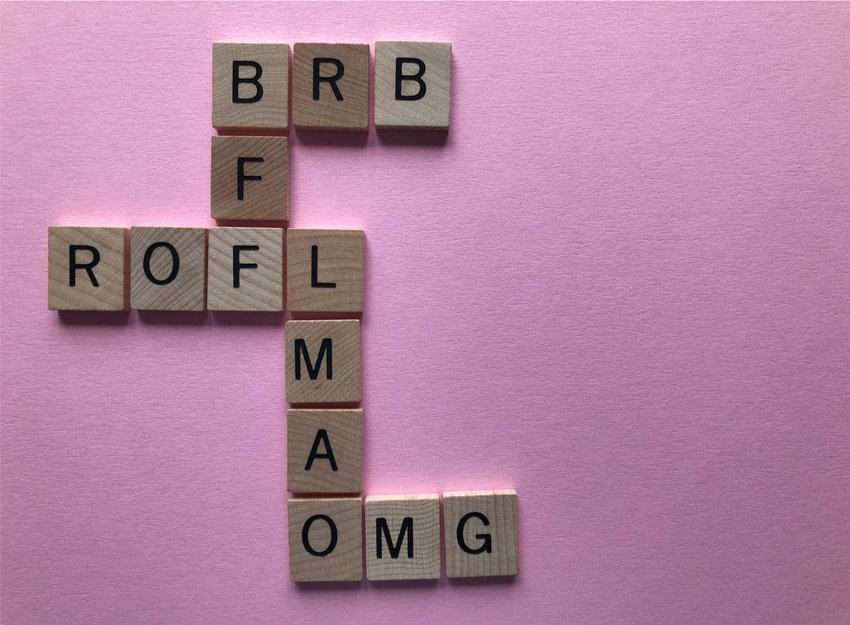Sometimes shorter is better. Enter abbreviations: condensed forms of phrases that often supersede the original meaning altogether.
Case in point? RSVP is commonly found on invitations of all types as a request for people to let you know if they’re attending, or sending their regrets. The clue to the purpose of this request is in the translation. RSVP is an abbreviation of four French words: “respondez s’il vous plait,” which simply means “please reply.” We all know what RSVP is asking, even if we aren’t Francophones. That’s the power of abbreviations.
With the rise of text speak such as LOL and BRB, abbreviations may seem like a modern invention, but history reveals examples going back thousands of years. The earliest Christians often used the abbreviation INRI on crucifixes. It stands for Iesvs — Jesus, Nazarenvs — Nazarene, Rex — King, and Ivdæorvm — of the Jews.
But did you know there are different types of abbreviations? Let’s talk about the differences between acronyms, initialisms, and truncations, and how to use them.
Acronyms
An acronym refers to a word formed from the letters of the words it represents, usually the first letter of each word, but sometimes syllables or other random parts of a word. These letters are also pronounced as if they formed a word. For example, NASA is pronounced as a word — “NAH-suh” — and stands for National Aeronautics and Space Administration. Other easily recognizable acronyms include GOAT, YOLO, and POTUS, to name just a few.
The popularity of acronyms has also led to the rise of “backronyms,” when a meaning is applied to each letter after the acronym has already been established. You may have heard of the myth of adidas standing for “All Day I Dream About Sports,” for example (it doesn’t). Bae – a term of endearment – is another modern backronym that supposedly means “before anyone else,” but that’s just an internet myth.
Initialisms
Sometimes the word acronym is applied incorrectly to what is actually an initialism. Like an acronym, initialisms are formed by the first letter of the words it represents. The difference, however, is all in how you say it. Initialisms are when you speak each letter separately – CDC, USA, HTML, or BTW.
A rare few words are pronounced both ways — ASAP (take your pick between “EH-sap” and “A-S-A-P”) being a prime example.
Truncation
Another mistaken acronym is a truncation, which is just a short, commonly understood version of a longer word — think Thurs for Thursday or dept for department. This is one place where modern language has had a strong impact, as many longer words have been given somewhat cutesy short forms, such as sitch for situation or approx for approximately.
You’ll find abbreviations all over the place in English — from baking and addresses to job titles and maps, and, of course, social media. Try testing yourself the next time you spot a short form of a word: Is it an acronym, initialism, or truncation?

